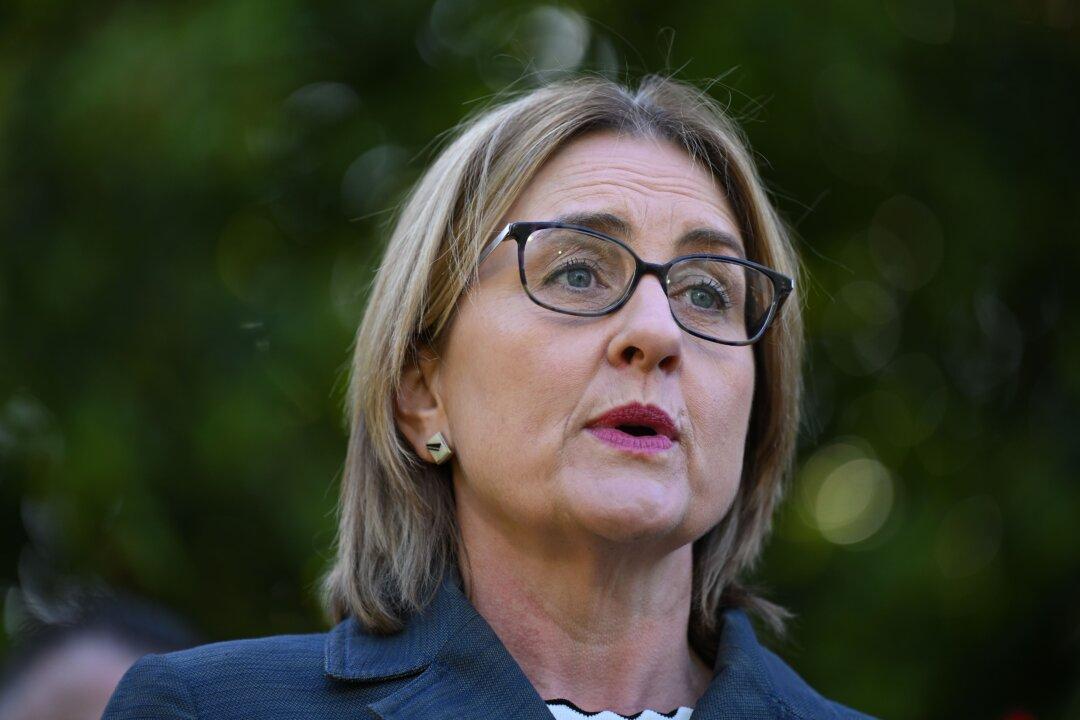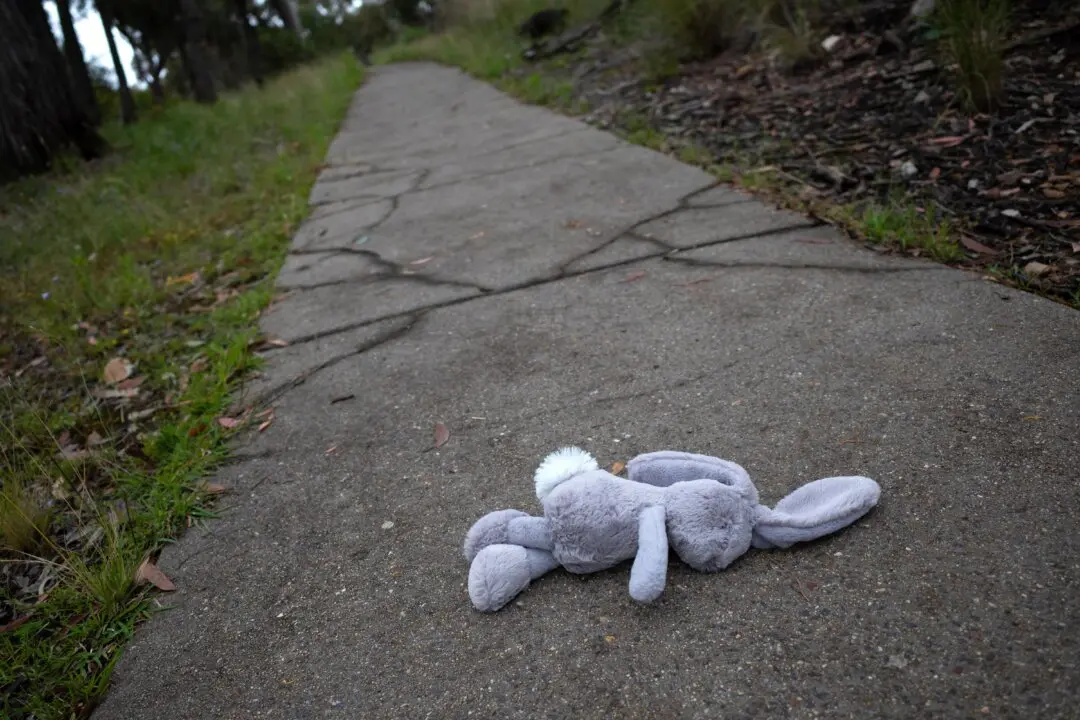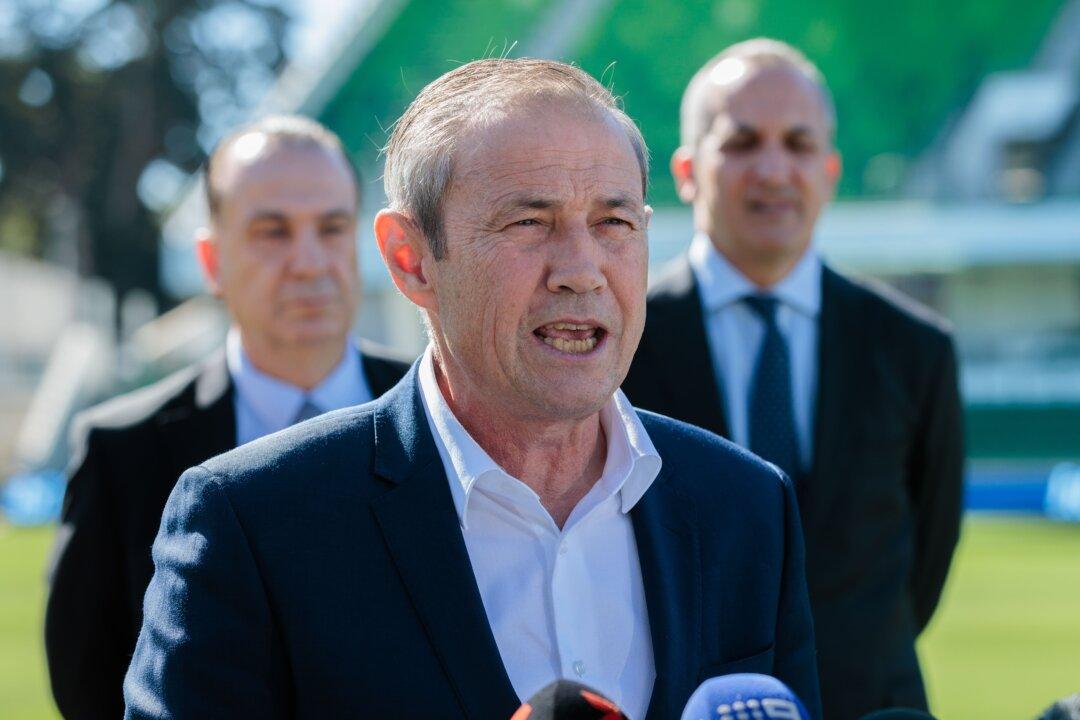Australia’s unemployment rate eased to 4.2 percent in July, down from 4.3 percent a month earlier, according to the Australian Bureau of Statistics (ABS).
The slight improvement comes after June’s surprise jump to the highest unemployment mark since the pandemic.
The latest figures were driven by an increase of 60,000 full-time positions, which masked a drop of 36,000 part-time roles. Women accounted for two-thirds of the full-time gains, adding 40,000 positions compared to 20,000 for men.
ABS head of labour statistics Sean Crick said, “With employment rising by 25,000 people and the number of unemployed decreasing by 10,000 people, the unemployment rate fell by 0.1 percentage points to 4.2 percent in July.”
Slower Jobs Growth and Cooling Momentum
While the headline figure showed marginal improvement, other indicators point to a continuing slowdown in economic activity.
Annual employment growth is now only in line with population growth, after outpacing it for most of the past year—suggesting a slowdown in hiring.
Part-time job losses and stagnant male participation highlight a more fragile labour market than the unemployment rate alone suggests.
The overall employment-to-population ratio edged up only slightly to 64.2 percent, while the participation rate was flat at 67 percent.
Monthly hours worked rose just 0.3 percent in July—despite the large increase in full-time roles—with trend data showing a meagre 0.1 percent rise in hours worked over the month, a situation that has continued since early this year.
On Aug. 12, the Reserve Bank of Australia (RBA) had forecast the jobless rate to remain close to 4.3 percent in the coming months, but a cooling jobs market could push it higher if economic conditions weaken.
Meanwhile, the underemployment rate fell to 5.9 percent in July, 0.5 percentage points lower than a year earlier.
The broader underutilisation rate, which combines unemployment and underemployment, dropped to 10.1 percent. While these are improvements on pre-pandemic levels, they remain higher than in late 2022 when labour market conditions were at their tightest.
Wages also grew by 3.4 percent in the year to June, outpacing inflation at 2.1 percent. But slower hiring and weaker hours worked growth could start to ease wage pressures.





